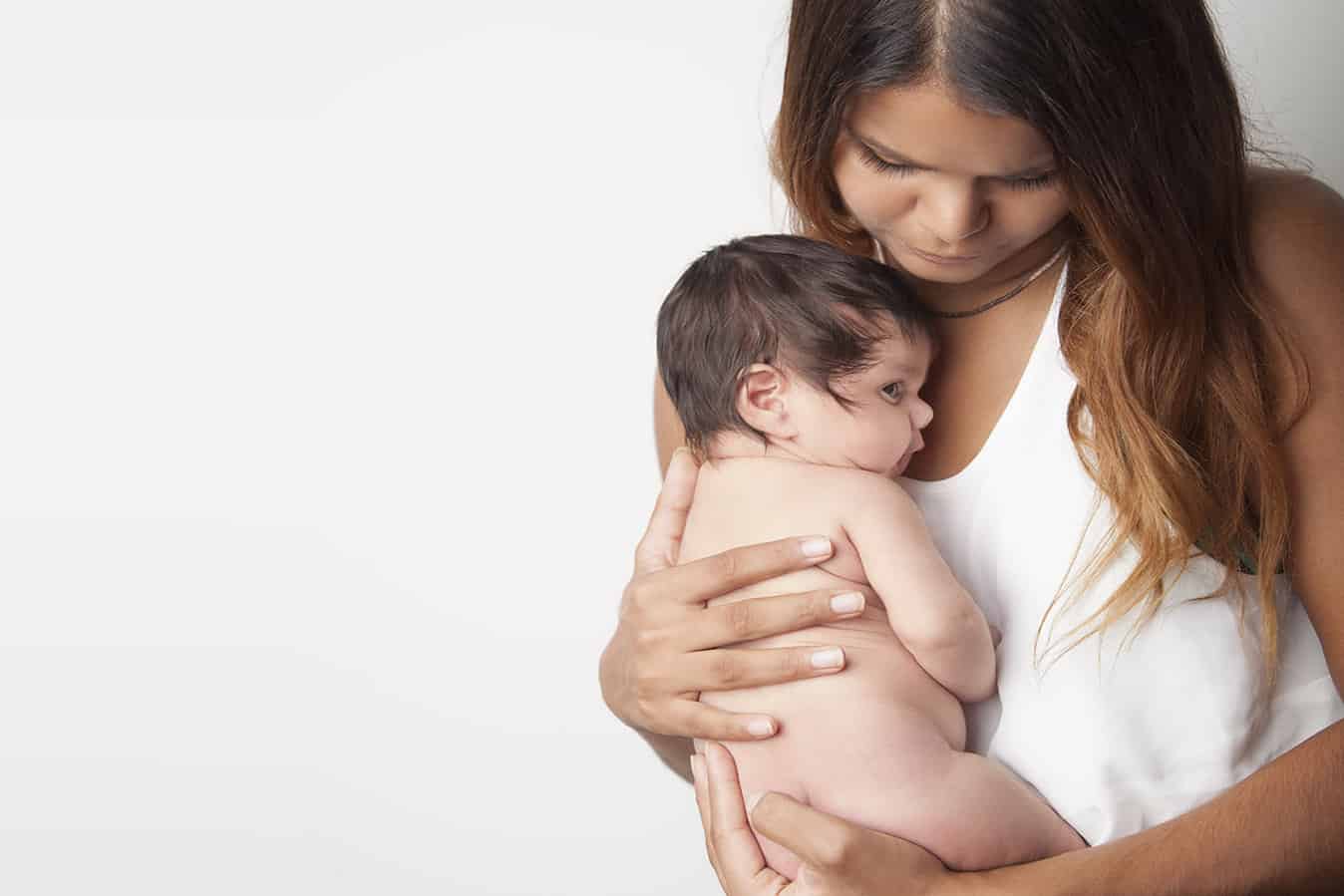Australia is one of the safest countries in the world in which to give birth or to be born. Despite this, women in rural areas continue to experience higher rates of maternal mortality (Kildea et al. 2008) and fetal and neonatal deaths (AIHW 2005).
Aboriginal and Torres Strait Islander women are three times as likely to die as non-Indigenous women, with a maternal mortality ratio of 16.4 deaths per 100,000 Indigenous women giving birth (AIHW 2014). Women also express dissatisfaction with the absence of choice in both rural and metropolitan areas (Department of Health 2009).
The spatial configuration of health services is known to influence their uptake. It has also been demonstrated that better access to health services and skilled practitioners is one of the keys to improving maternal mortality ratios and neonatal outcomes (Department of Health 2009).
Access is, nonetheless, a rather complex concept and the term is often used interchangeably with coverage or utilisation.
The ability to use services when they are needed is associated with factors related to both service provision and service usage – ie. to supply and demand factors (Gulliford et al. 2002).
On the provision side, there has to be an adequate supply of quality services that are efficacious. To what extent a person uses a service however depends on many factors. Rogers et al. (1999) defined optimal access as providing the right service at the right time in the right place. Physical accessibility to services is one measure of accessibility. Even if services are physically accessible, they may not be culturally appropriate or may not be able to provide services when needed due to capacity issues.
Queensland has three out of the top 10 most populous Indigenous Regions (IR), with the Torres Strait IR having the highest proportion of Aboriginal and Torres Strait Islander persons (81.8%) of all IRs in Australia, Cape York having the seventh highest proportion at 55.8% and Cairns – Atherton IR having 3.8%.
In 2017 Aboriginal and Torres Strait Islander women in Queensland gave birth to 6,548 infants which accounted for 10.7% of all Queensland births (ABS 2017).
Although maternity services in Queensland are designed to offer women the best care, they largely reflect modern western medical values and perceptions of health, risk and safety with little or no incorporation of the Indigenous world view, which incorporates not just physical wellbeing, but also the social, emotional and cultural wellbeing of individuals and the whole community (Kildea 2016). This can impact on accessibility for Aboriginal and Torres Strait Islander women, particularly those in rural and remote areas such as Cape York and Torres Strait.
An imbalanced access to healthcare services can be a cause of inequality in health outcomes and is therefore important to identify (Wang 2012).
Using geographic information systems, physical accessibility can be quantitatively measured to appraise the spatial configuration of opportunities in obtaining services and the geographic disparity of such opportunities (Wang 2012; Guagliardo 2004).
In 2018, closure of maternity services and an associated community backlash prompted the Queensland government to create the Rural Maternity Taskforce.
The taskforce is to advise on the safety of current rural maternity services in Queensland and identify steps that will minimise risk for mothers and babies in rural and remote communities whilst providing services as close as possible to where they live (Queensland Health 2018).
To support optimal access to maternity services in Far North Queensland, a project is in design to develop a specific fit-for-purpose accessibility metric using a spatial modelling method. The data obtained will not only assist in improving services for consumers, it will also support the effective allocation of resources whilst balancing the healthcare needs of urban and rural populations.
Authors
Dr Geoffrey Clark, PhD MPH MHA LLB Dip.N RN RM FACN, Lecturer, Nursing & Midwifery
Mr Christopher Rouen, B.GOS B.Sci(Hon), Research Officer, WHO Collaborating Centre for Nursing and Midwifery Education and Research Capacity Building
Dr Karen Yates, PhD RN RM, Deputy Director – WHO Collaborating Centre for Nursing and Midwifery Education and Research Capacity Building, Associate Dean Research Education, College of Healthcare Sciences
Associate Professor Caryn West, PhD PHH RN, Director – WHO Collaborating Centre for Nursing and Midwifery Education and Research Capacity Building, Deputy Academic Head, Nursing & Midwifery, Associate Dean Research, College of Healthcare Sciences
Authors affiliation: Nursing & Midwifery, James Cook University, Cairns, Qld.








